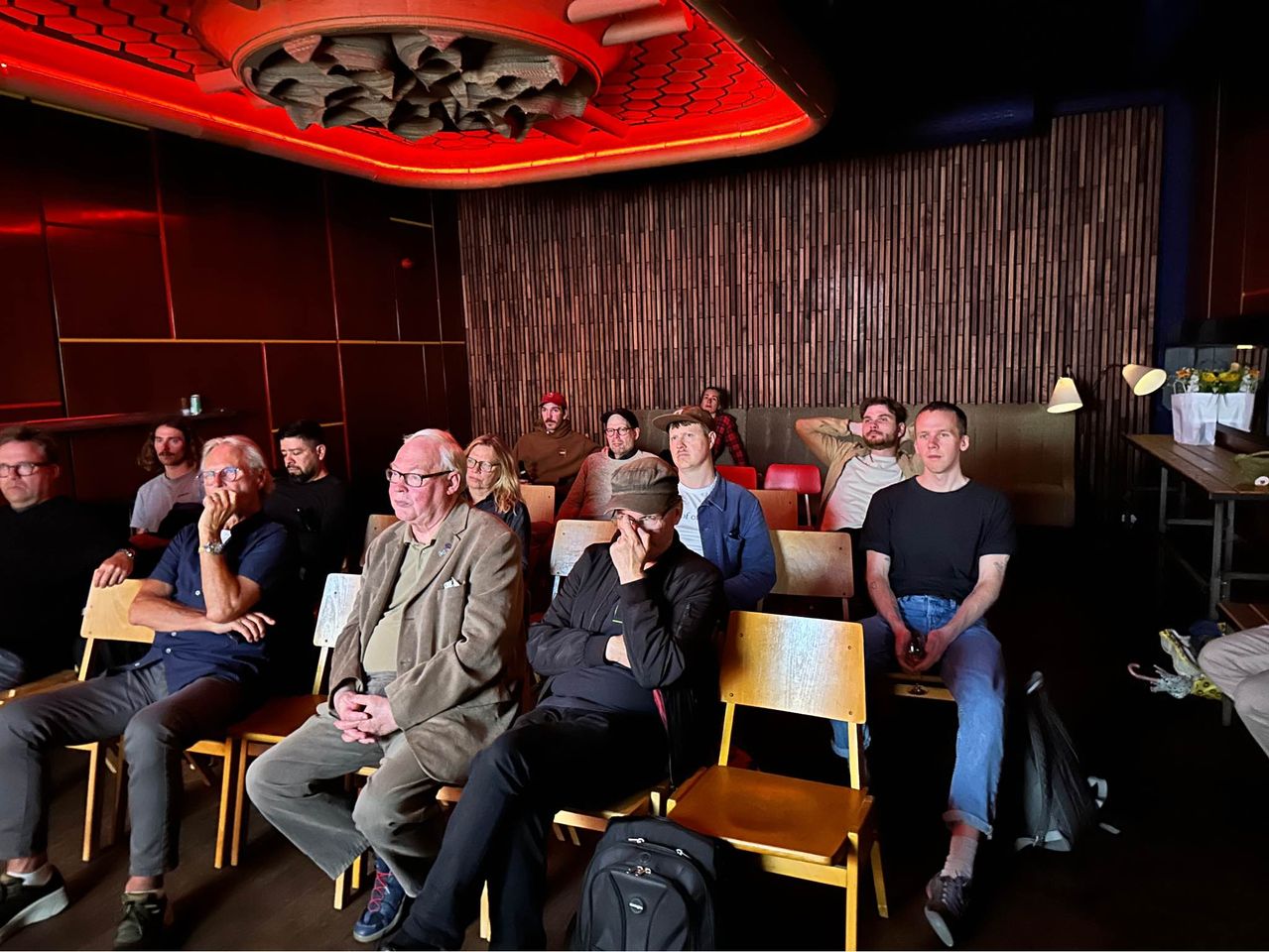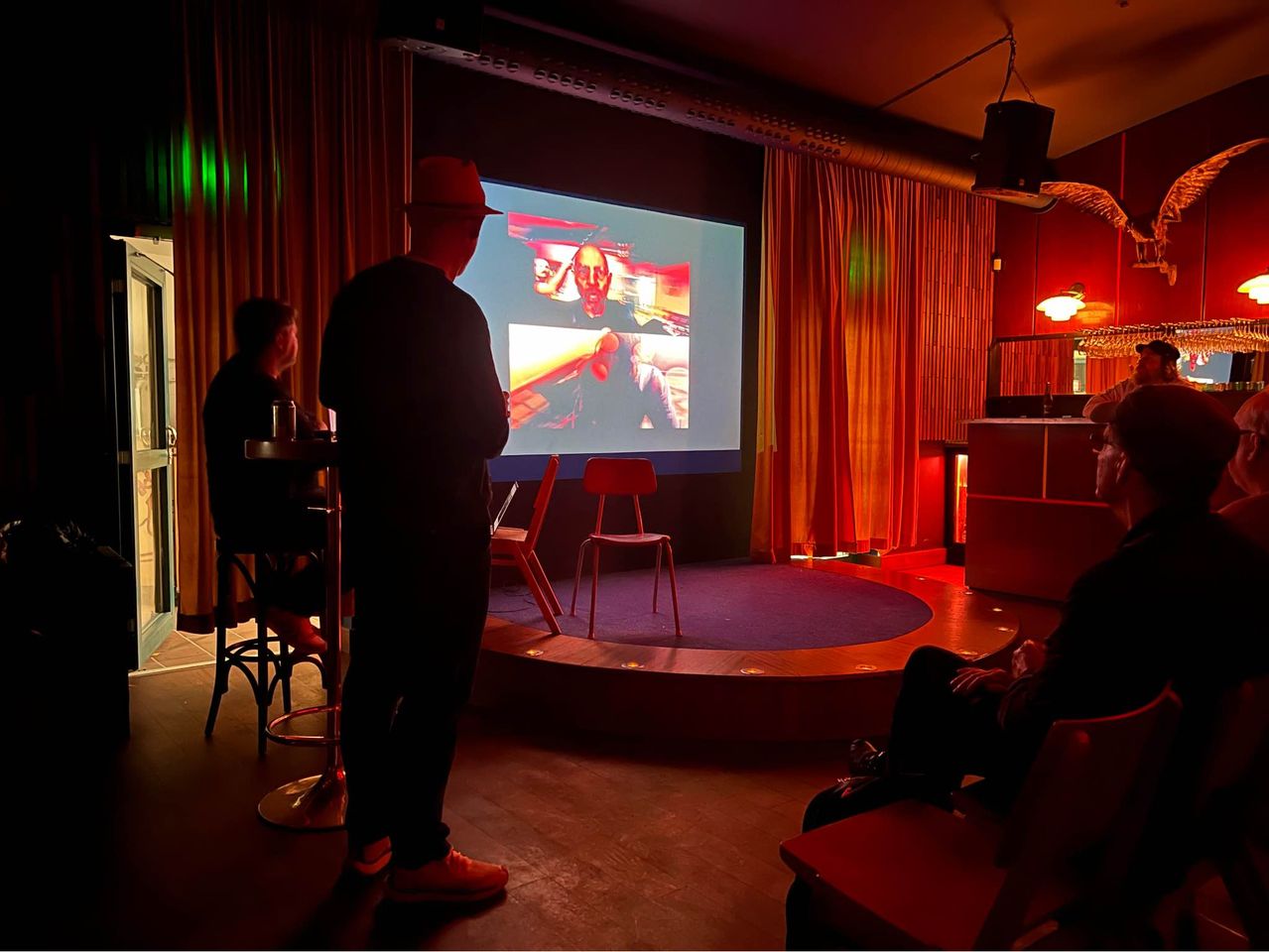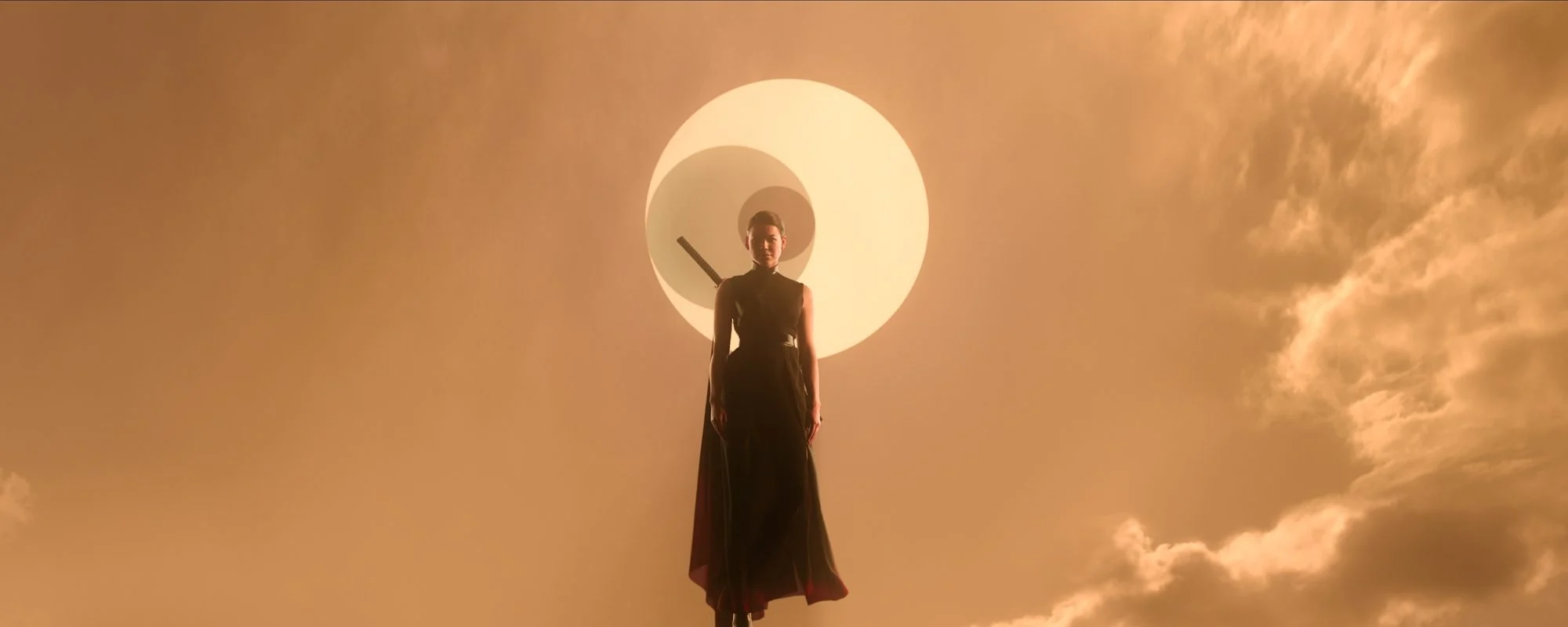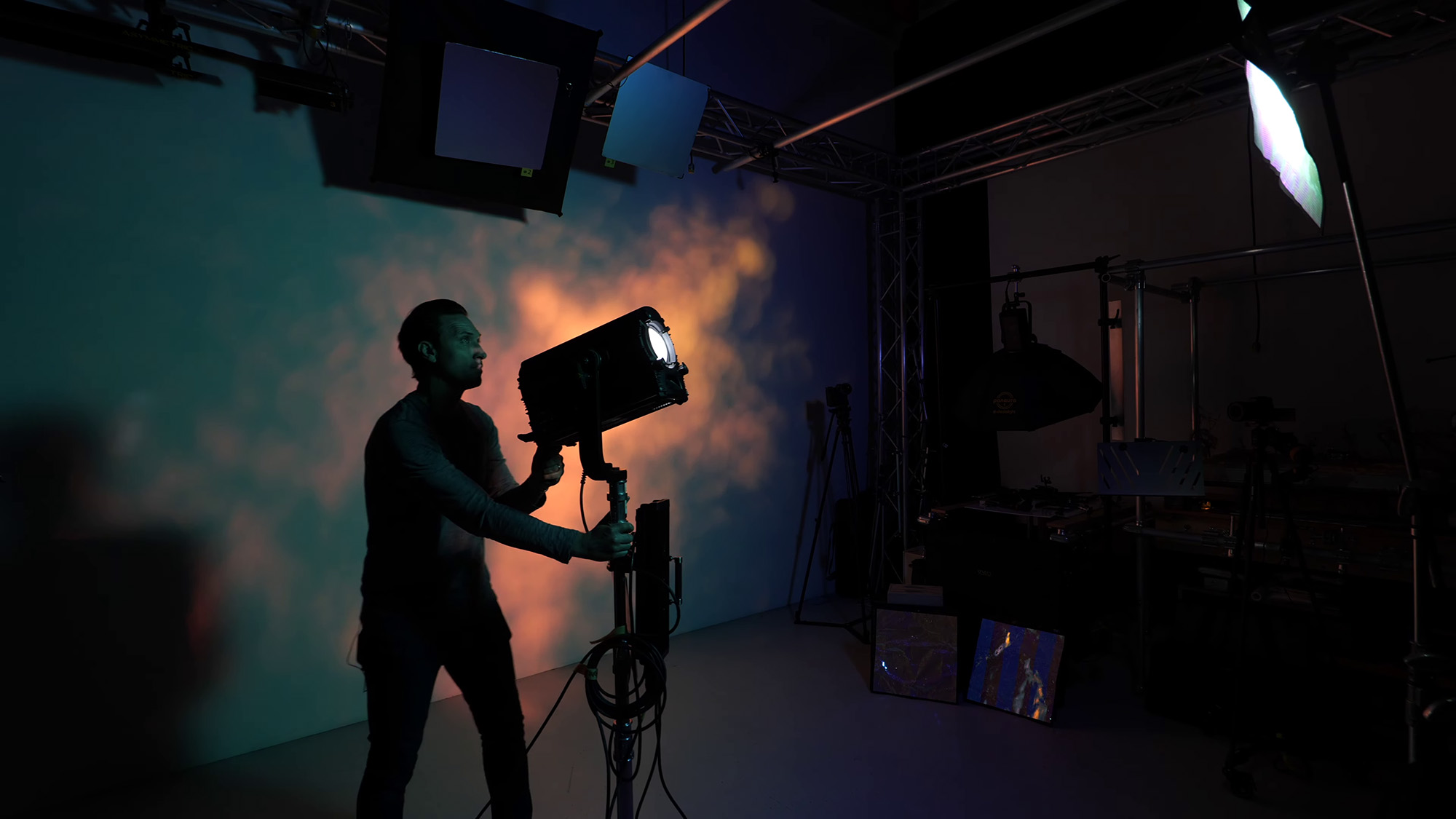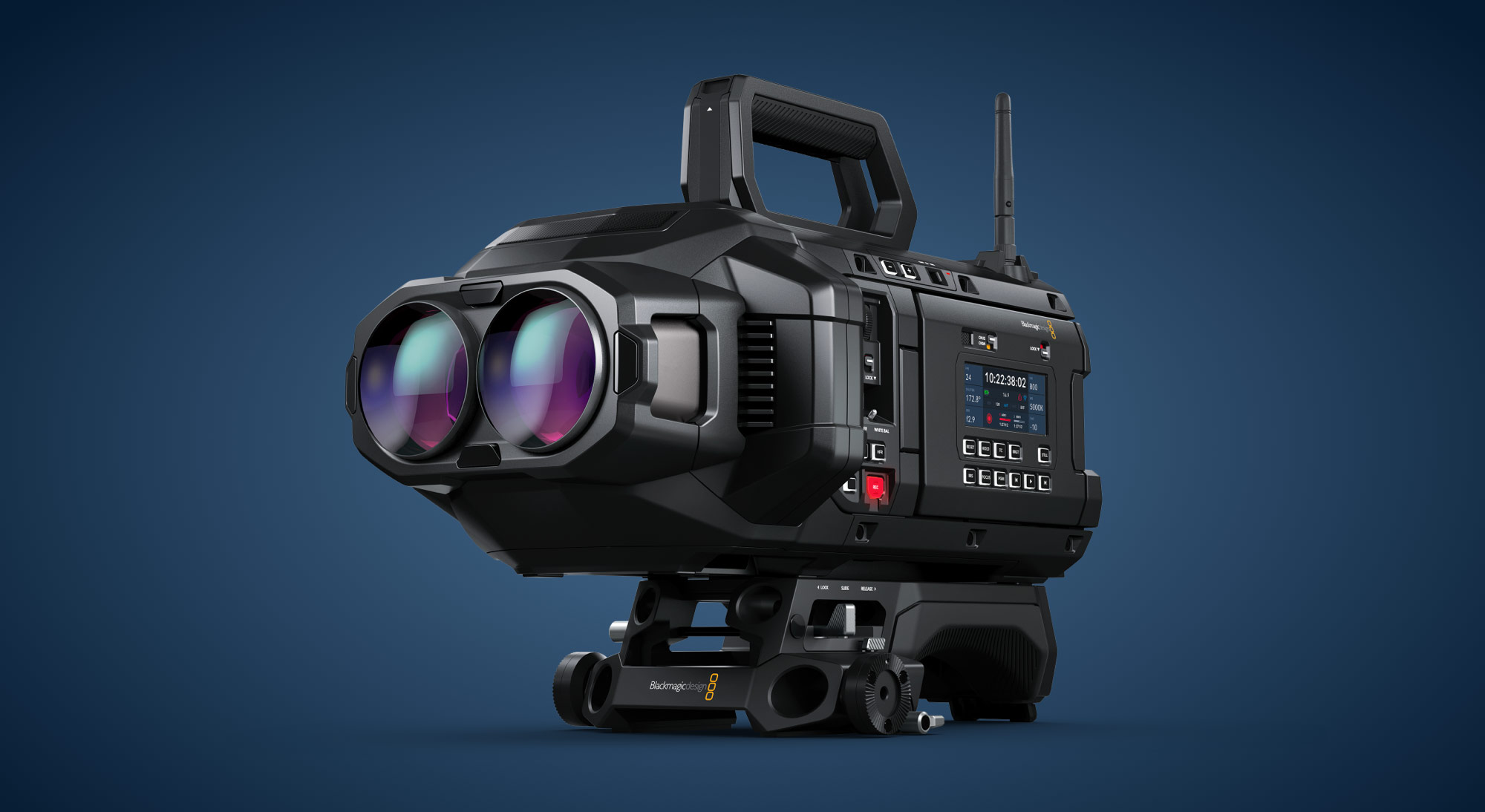Ny teknik reducerar korn och brus
Filmens kornstruktur, speciellt från S-16 film, kan ställa till problem vid komprimering i MPEG för HD-sändning, varför TV-bolagen är negativt inställda till S-16 för dramaproduktioner. Även videobrus vid upptagning med digitala kameror skapar samma problem.
Nu har både det svenska företaget Digital Vision och det kanadensiska företaget Digital Film Central, som inlett ett samarbete med ARRI, utvecklat nya programvaror för bättre och mer effektiv reducering av korn och brus.
Digital Vision Announces Sixth Generation Grain Reduction and Dust Concealer.
Digital Vision, the premier supplier of picture enhancement systems for film and television post-production, announced today a complete re-design of its grain and dust algorithms. This is the sixth generation of image enhancement algorithms from Digital Vision and will revolutionize its DVO Grain and DVO Dust options available in the Enhance and Restore packages respectively.
Using Digital Vision’s 21 years of experience the new tools will be the first ones that are software only and optimised for the latest Intel CPU’s and nVidia GPU’s. Digital Vision are the only company using CPU and GPU in this combined way and will maximize processing for a faster and higher quality result.
Other new features include:
- New more accurate and faster motion estimator
- Completely re-designed spatial and temporal filters
- Ability to push noise reduction much further before introducing artifacts
- Will reveal more ‘hidden’ detail in the image, especially when grain and detail are of similar size
- Automatic grain analyzer for easy configuration of filter settings
- Ability to handle 16mm, 35mm, CCD camera and Bayer pattern sources even when target is low bit rate HD or SD transmission
Simon Cuff, President and COO, Digital Vision comments; “Digital Vision continues to innovate and invest in creating the best and fastest products for its customers. Our aim with these re-designs is to revolutionize the way that the technology works and therefore improving the workflow and importantly the end image.”The new grain and dust algorithms will be available in Q3 2009.
New Texture Control Software Tool
ARRI Teams with Cinnafilm and Digital Film Central To Bring Texture Control to the DI Suite
ARRI announced at NAB 2009 that it has entered into a Letter of Intent to develop and sell an innovative new Texture Control software tool for digital intermediate (DI) and mastering facilities. Powered by Pixel Strings™, a high performance GPU-based motion estimation engine developed by Cinnafilm, Inc., this dynamic toolset adds interactive control of grain and noise levels to the creative palette. The software is designed to run on a dedicated workstation with Fibre Channel or Gbit Ethernet connections to a DI facility’s Storage Area Network (SAN), dramatically extending the capabilities of the DI suite.
This innovative software product brings interactive manipulation of image texture to the DI process, with remarkable motion-compensated grain and noise reduction technology. The cinematographer can now control image texture, mixing and matching the grain of film and digital media in an integrated, fully visualized DI environment.
Texture Control leverages Cinnafilm’s patent pending Pixel Strings™ technology with a high speed GPU implementation. For an industry heavyweight like ARRI, Cinnafilm is a groundbreaking pioneer merging the latest technology with artistic applications for the filmmaker. ARRI is working together with Cinnafilm on a software development and licensing agreement.
“ARRI is excited about the opportunity to bring these powerful, interactive tools to the DI suite,” said Glenn Kennel, Chief Technology Officer for ARRI, Inc. “This adds a new dimension to the colorist’s toolset.”
“As an entrepreneur, I am excited to introduce this product after nearly six years of very hard work. As an engineer and independent filmmaker, I couldn’t dream of a better, more established partner than ARRI to bring this technology into the postproduction market,” said Lance Maurer, CEO and founder of Cinnafilm, Inc.
Texture Control technology was originally developed by Cinnafilm and Digital Film Central (DFC), a leading DI facility in Vancouver, British Columbia. As a film mastering facility, DFC created a host of image processing applications over the years, including powerful ways to remove grain from film images while retaining detail. Their initial success with the service led to the opportunity of creating a product; Cinnafilm provided the software development on the GPU-enabled Pixel Strings platform. “We needed a major industry player to help us take this to market. Since it’s about image quality, ARRI was the perfect partner,” says Curtis Staples, CEO of Digital Film Central.
